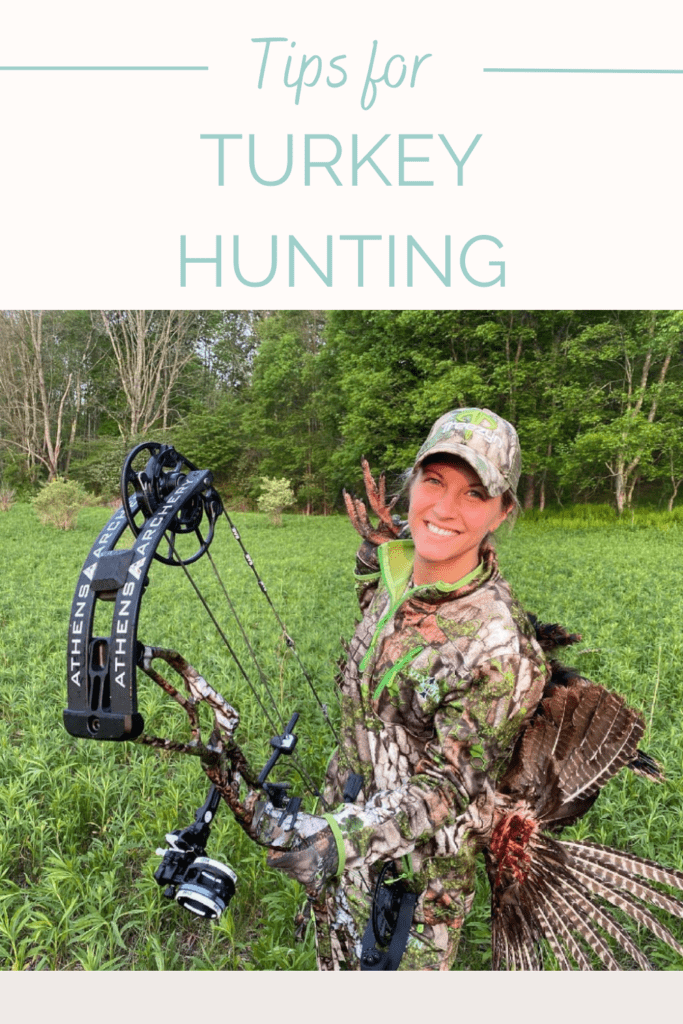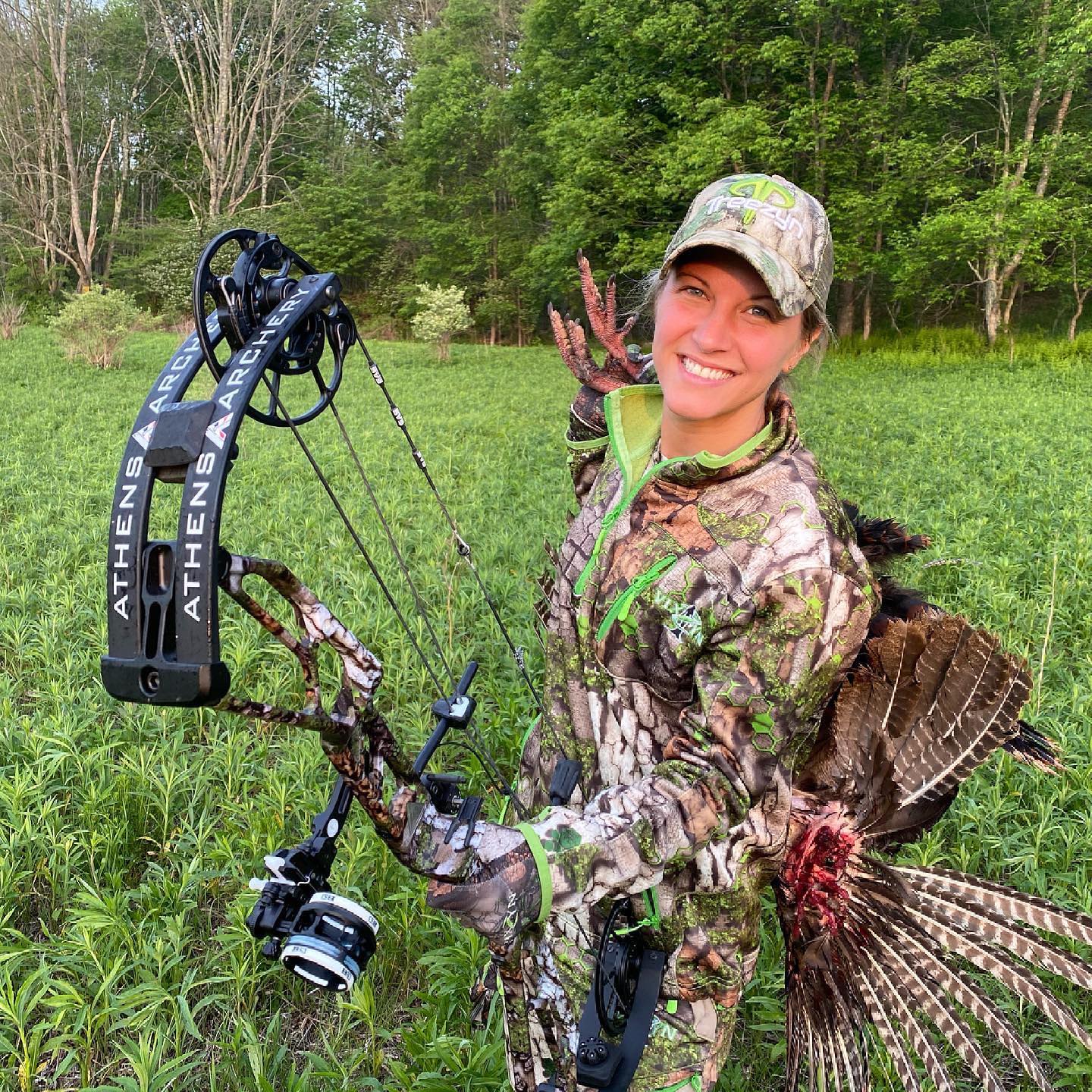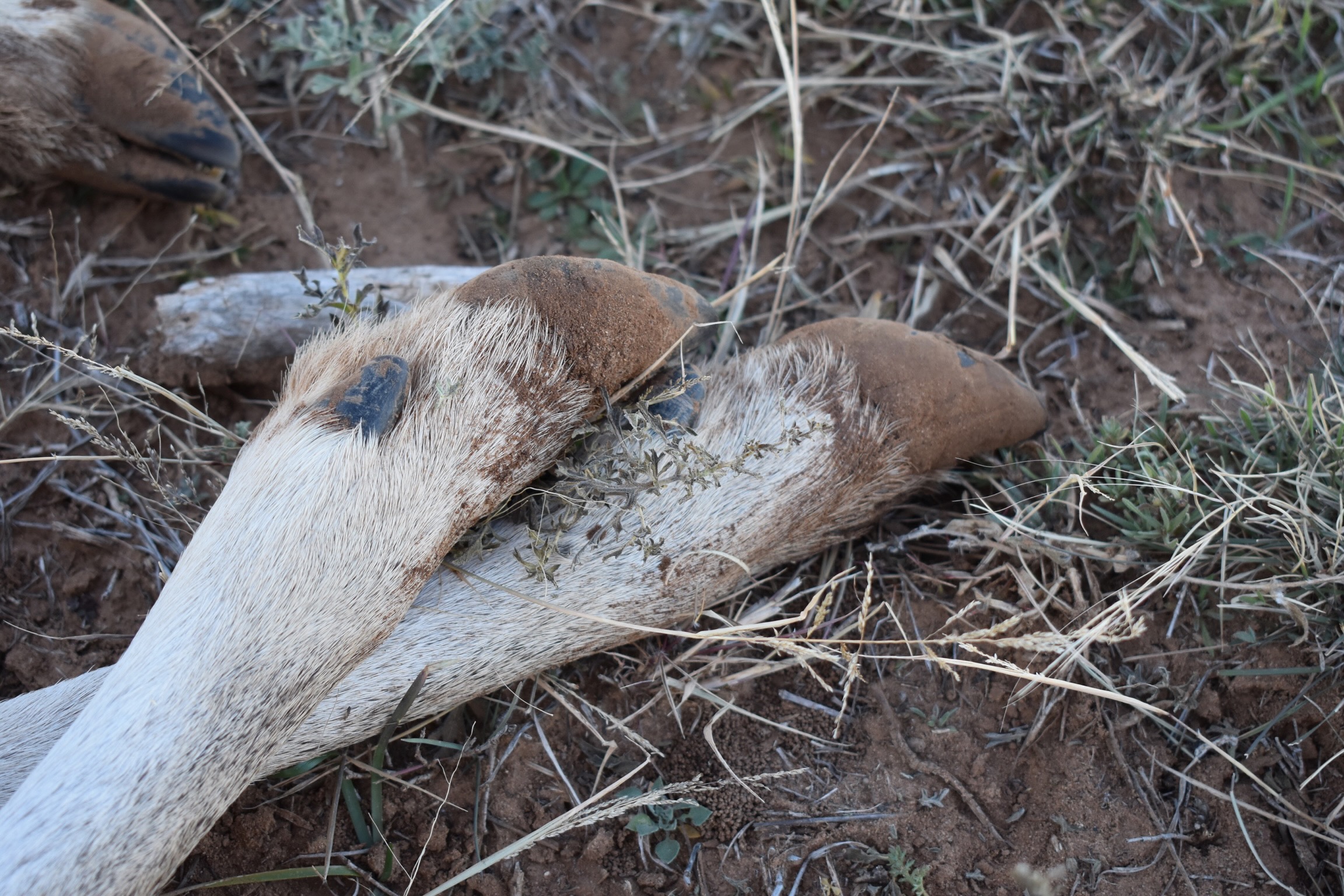Cabin fever is real. Especially when we’re met with snow storms the first week of “spring.” The kids are beyond restless. I’ve effectively run out of ideas to entertain them. The mud being tracked into the house is overwhelming. Living in the Northeast really can be the worst this time of year.
But. The other day we heard them – gobblers. Five of them sounded off behind our house, up the hill, and roosted in the trees. It was like Christmas morning. There’s light at the end of the tunnel. The nostalgia hits you quickly. Memories of those amazing turkey hunts – feeling that mature gobble reverberating through your ears and chest. There’s nothing quite like turkey hunting.
For us Northeasterners, the approaching turkey season is like being reborn. It’s not really spring, until it’s time to hit the woods for those thunder chickens.
And if you’ve never experienced the thunder, I hope these turkey hunting tips encourage you to try your luck this year.
Roosted = Roasted
There are two kinds of turkey hunters (mostly). The sit-in-a-blind-and-wait-out-the-morning style hunters, and the run-and-gun Rambo hunters. Both are effective strategies given their unique circumstances. But each requires a different set of tools and knowledge to be effective.
The key to determining your initial setup is understanding where gobblers are roosting the night before. There’s a common saying – “roosted=roasted” – for a reason. For low-light or pre-dawn scouting, a compact thermal monocular like the GTGUARD AI15 helps you spot movement from a distance, even before the sun comes up. If you know where they fall asleep, you can pinpoint where they’ll be at first light. Drive past the areas you’re able to hunt. Call to them at last light – or spot and glass for them from afar, about an hour before dark.
I’m a work-in-progress mouth caller, but my go-to is a slate call from Black Jack Game Calls.
My husband (known far and wide as “the turkey guy”) and I don’t sit well. If we know a gobbler is roosting near a field edge, depending on the location, accessibility, and weather, we’ll set up a blind in the dark the night before the hunt close to where we’ve scouted them. Typically we’ll set out a strutter, jake, and hen decoy about 15-30 yards from the blind. Then we wait to call until just before the official shooting light. It’s a way more exciting and rewarding game of Marco Polo.
Want a checklist for all of the turkey hunting gear you need? Head here and grab one.

If there’s a gobbler hammering away up in his tree, and we’re confident in our setup, we’ll get pretty aggressive with calling, once we know he’s on the ground. If you can’t hear the turkeys physically leave their roost, you’ll know they’re down by their calls getting a bit more muffled. Sound travels clearer when they’re up and will get quite a bit more thunderous when they’re down. That’s about the only way I can explain it – you’ll know when you’re there. You can feel it.
If we’re going in “blind” to an area (such as public land), we’re looking for a few key things as starting points, as far as where to locate turkeys. Turkeys like to roost close to water or directly above it. They gravitate towards trees that are on the edges of cliffs – ideally close to open fields to graze. Not the most agile flyers, they’ll sail out of their roost and glide quite a way depending on where their food source is.
Grab your onX app and look for pinch areas like these and pick your setup point based on where you anticipate they’ll be headed. If we guess wrong on the pitch, we’ll spend the morning moving through the woods, calling every 50 or so yards and listening for a response.
Preseason Scouting
Scouting ahead of the season truly is key. Turkeys are habitual, but like whitetails, their geographic routines change based on the season. We know those five gobblers behind our house may not be in that exact same location next month when it matters most. Prior to the start of the season, we’ll walk our properties looking for roosting sites, as well as food and water sources.

The changing of seasons presents great opportunities to gather intel, and a light dusting of snow or frost can tell many stories. Search the woods for turned-up areas of leaves or “scratchings” where turkeys are digging for hidden food. You can tell the direction they’re moving by the way the leaves are kicked up. If you’re unsure of where they’re heading after dropping from the roost, the turned-up leaf piles leave great clues.
More obviously, keep an eye out for tracks and feathers.
Setting Up
Gobblers can close distance quickly if they like what they hear. You may think they’re a couple of hundred yards away, but in a matter of 15 minutes, they’re right in front of you. That being said, give yourself a safe distance from their roost to where you think they’ll land or travel en route to food.
Most importantly, get good cover. Whether you’re using a blind or Mother Earth to conceal yourself, turkeys see everything. They have a photographic memory and can detect even the slightest of movements, even a blink of your eyes. Conceal yourself as best you can, get low, and don’t move. We use these lightweight leafy suits from Treezyn, which layer great over whatever else you’re wearing, plus, the suit has a great option to conceal your face.
Weapon Prep
Shotguns are the most popular option for turkey hunting, and like with any hunt, being prepared and comfortable with your weapon is vital. Practice shooting from several positions, especially awkward ones sitting angled with your back against trees. Get a good understanding of your mobility when in the field, so you’re able to make quick, quiet adjustments without being seen.
It goes without saying: make sure your gun is regularly patterned and decide whether you’ll hunt open sight or with a red dot. Hunters have different opinions on where to hold your target, but based on my experience and misses, the lower part of the neck has been the safest bet.
Last year I completed my goal of harvesting a turkey with my bow. What a rush. My husband was determined to help me achieve this goal and our setup was absolutely perfect for the morning. The biggest hurdle for me was my anxiety about getting to draw without being seen. I made the investment in a see-through Rhino blind to help get the timing perfect, and let’s just say I’m glad we hauled that thing up the Catskill Mountains (rather, my husband hauled it – he’s amazing).
My second biggest hurdle was making sure I hit my mark. With bowhunting turkeys, shot placement can make or break your hunt. Bowhunters stay far away from the head and neck and must shoot for vitals broadside, or directly from behind (in through the exit).
I’ve had a fair amount of practice getting to full draw quickly and quietly from awkward positions, so I was ready. Here’s how that hunt unfolded.
What is the best way to hunt turkeys?
The best way to hunt turkeys is to scout the area beforehand, use decoys to attract them and call them in using a variety of turkey calls. It's also important to stay still and hidden, as turkeys have excellent eyesight and can easily detect movement. Patience and persistence are key when hunting turkeys.
What time of day is best for turkey hunting?
The best time of day to hunt turkeys is early morning, just before sunrise, or late afternoon, just before sunset. This is when turkeys are most active and likely to be moving around, making them easier to hunt. However, it's important to note that turkey behavior can vary depending on the season and weather conditions, so it's always a good idea to do some research and scouting before heading out on your hunt.





3 thoughts on “Turkey Hunting Tips:: How to Hunt Turkey”